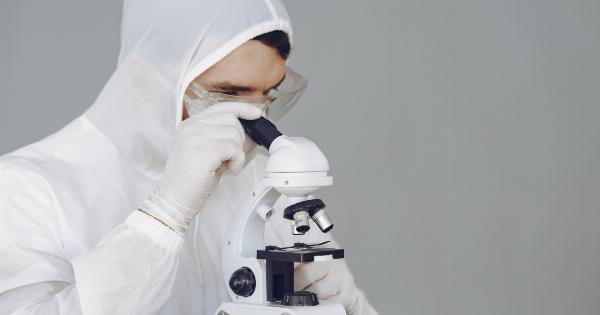Obesity has become a global health crisis, with soaring rates affecting both developed and developing nations.
The World Health Organization (WHO) estimates that over 1.9 billion adults worldwide are overweight, and of these, over 650 million are considered obese. Obesity is a complex condition that arises from a combination of genetic, environmental, and behavioral factors.
It is characterized by excessive body fat accumulation, which poses significant risks to an individual’s physical and mental well-being. In recent years, robotics has emerged as a promising tool in combatting pathogenic obesity, offering innovative solutions for prevention, diagnosis, and treatment.
Robotics in Obesity Prevention
Preventing obesity is a crucial aspect of addressing the global obesity epidemic. Robotics technology offers unique opportunities for promoting healthier lifestyles and preventing the onset of obesity.
Smart personal robots can provide personalized exercise routines, dietary advice, and motivate individuals to adopt healthy habits. These robots can track an individual’s activity levels, monitor calorie intake, and offer real-time feedback, assisting users in making informed decisions about their health and well-being.
Robotic Assistance in Diagnosis
Early detection and timely diagnosis are essential in managing and treating obesity effectively. Robotics can play a valuable role in improving the accuracy and efficiency of obesity diagnosis.
Robotic systems equipped with advanced sensors and imaging technologies can assist healthcare professionals in assessing an individual’s body composition, identifying risk factors, and analyzing metabolic rates. These robots can perform accurate measurements and provide valuable data for healthcare providers to make informed decisions regarding intervention strategies.
Robotic Surgical Interventions
In cases where conventional treatments for obesity, such as lifestyle modifications and medications, prove ineffective, surgical interventions may be necessary.
Robotics has revolutionized the field of surgical interventions, offering minimally invasive procedures with enhanced precision and dexterity. Robotic-assisted surgeries, such as gastric bypass and sleeve gastrectomy, enable surgeons to perform complex procedures with minimal scarring, reduced pain, and faster recovery times.
These advancements in robotic surgery have led to improved outcomes and increased patient satisfaction.
Robotics in Postoperative Care
After surgical interventions, proper postoperative care is crucial for patients’ long-term success and well-being.
Robotics can provide valuable support in postoperative care, offering personalized rehabilitation programs and monitoring patient progress. Robotic exoskeletons assist patients in regaining mobility and strength, providing a safe and controlled environment for rehabilitation exercises.
These robots can collect and analyze real-time data, allowing healthcare professionals to tailor rehabilitation programs based on individual progress, ensuring optimal recovery.
Robotic Assisted Weight Loss Therapy
Weight loss therapy is a fundamental aspect of obesity treatment, and robotics can add significant value to existing interventions.
Robotic devices, such as therapeutic exoskeletons and intelligent wearables, can assist individuals in achieving weight loss goals by enhancing physical activity and guiding exercise routines. These devices can monitor heart rates, calorie expenditure, and provide real-time feedback, making weight loss interventions more effective and personalized.
Using robotics in weight loss therapy can also improve adherence to treatment plans and enhance long-term weight management.
Ethical Considerations in Robotics and Obesity
As robotics technology continues to evolve and integrate into obesity prevention and treatment strategies, ethical considerations must be addressed.
Privacy concerns, data security, and the potential for bias in algorithmic decision-making are critical aspects to be mindful of.
Balancing the benefits of robotics in combating obesity with ensuring patient autonomy, informed consent, and equitable access to robotic technologies is essential for responsible implementation and to avoid exacerbating existing healthcare disparities.
Conclusion
Robotics holds immense promise in combatting pathogenic obesity by offering innovative solutions throughout the prevention, diagnosis, and treatment journey.
From personalized interventions to robotic surgical procedures and postoperative care, robotics technology can revolutionize the field of obesity management. However, careful consideration of ethical implications is necessary to ensure responsible implementation and equitable access.
As robotics continues to advance, its integration into obesity healthcare will likely play an increasingly significant role in improving patient outcomes and addressing the global obesity epidemic.






























